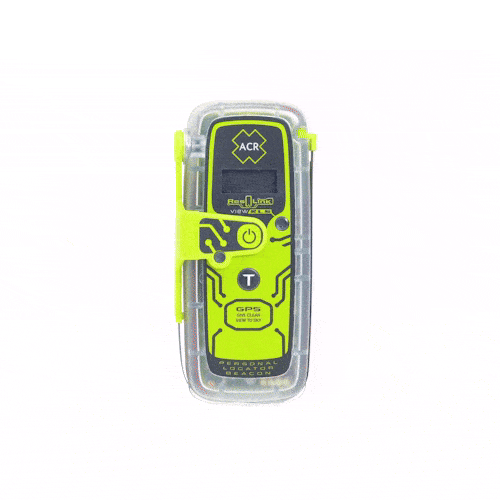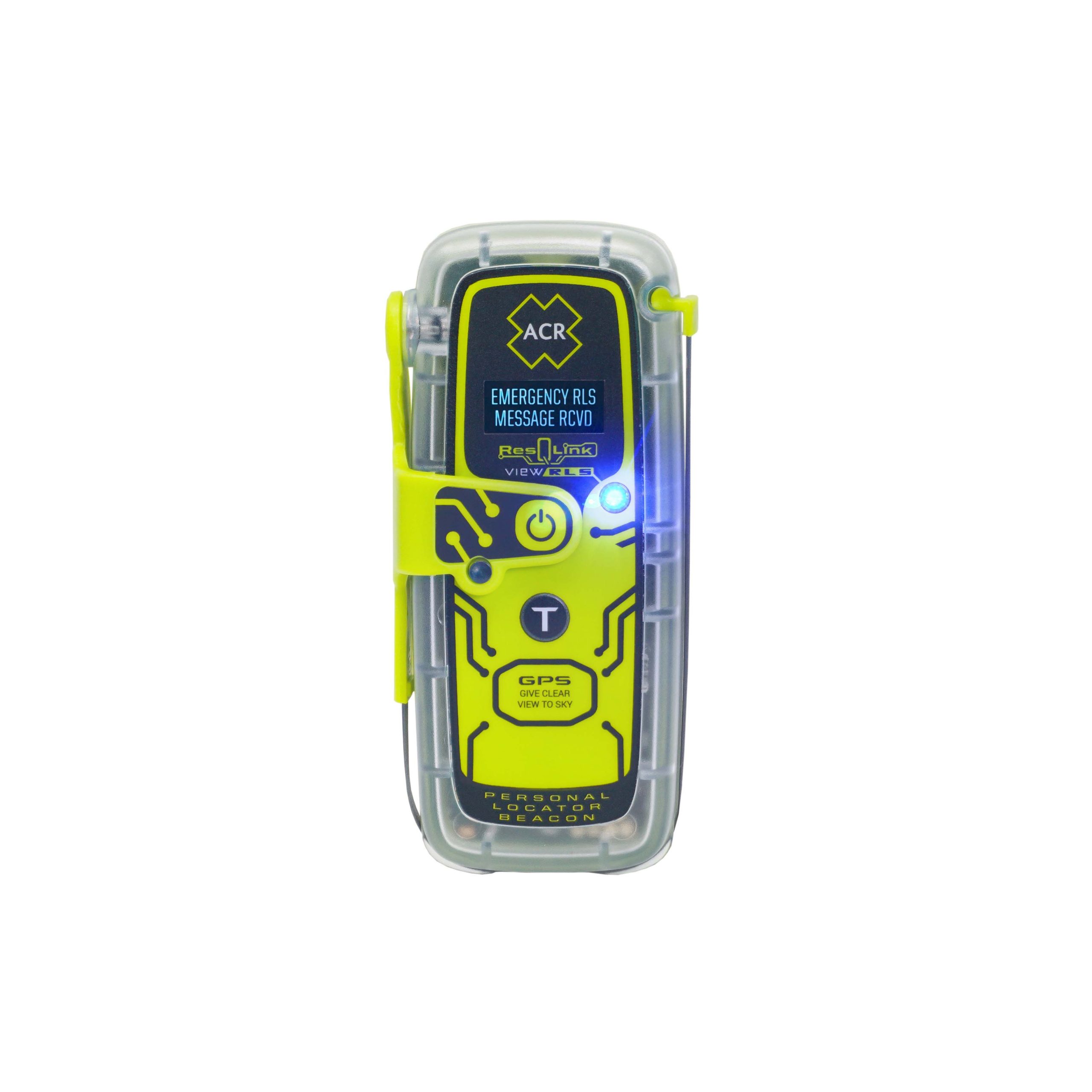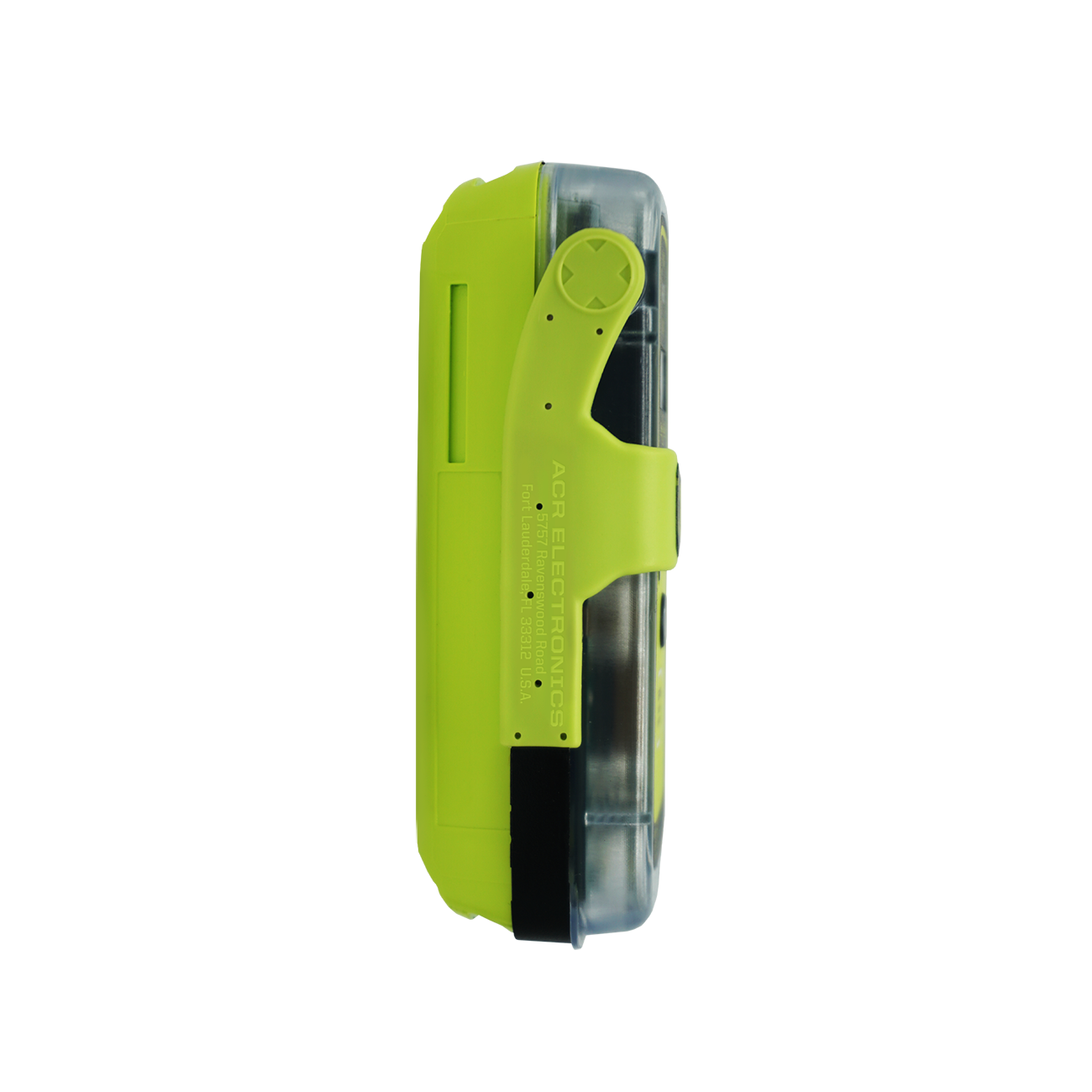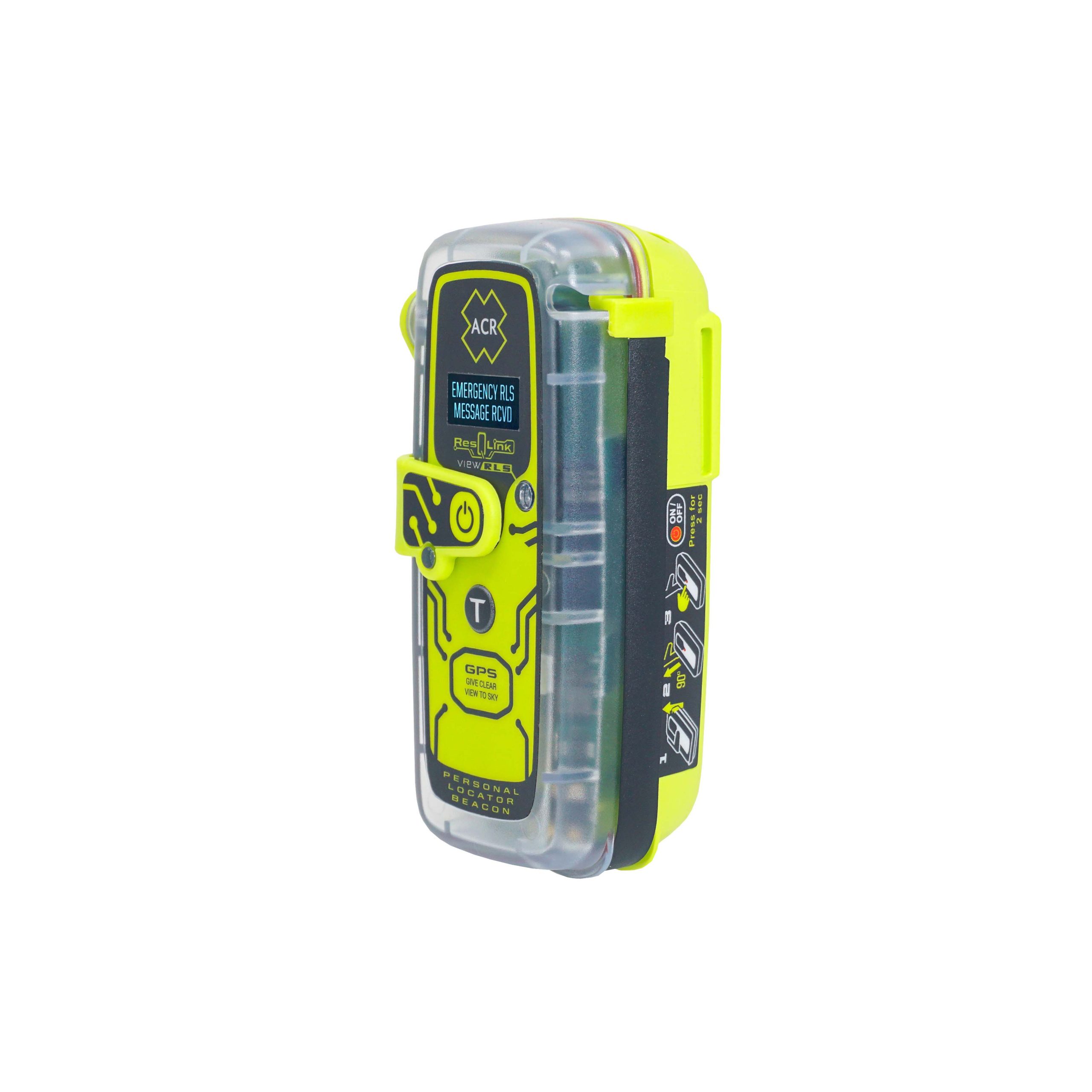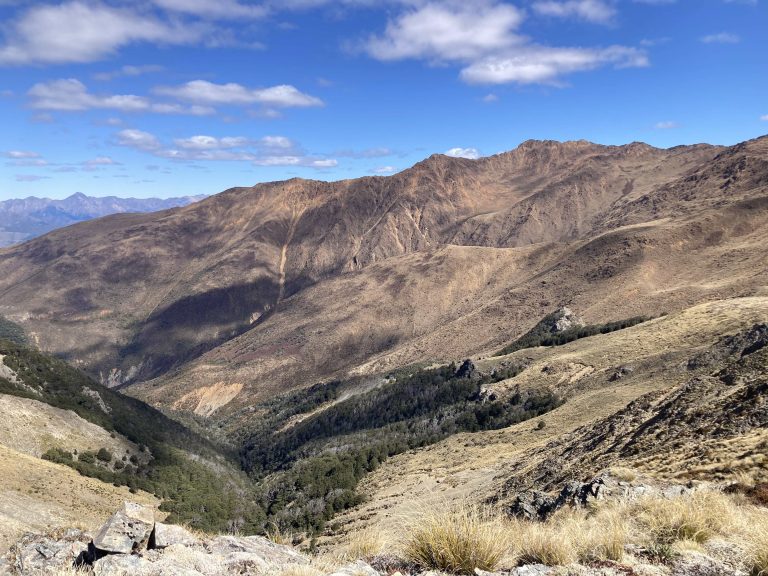
Lives saved
1

Hiking

Mountain

Medical emergency

Challenging Terrain
Tumbling in the Ranges: A 20-Meter Fall and the Helicopter That Saved Me
-41.441357090423°S, 173.4970703125°E
Posted on November 15, 2024 by John
What happened?
The 6–8-day trek through the Richmond Ranges is widely regarded as the most challenging section of New Zealand’s Te Araroa Trail, a trans-national journey that tests even the most seasoned hikers. On the third day of my solo northbound hike, I encountered a perilous section of the track high above the Wairoa River. One misstep was all it took—I lost my footing and slid nearly 20 meters down a near-vertical face, feet first, landing on rocks just inches from the fast-flowing water below.
The impact left me battered, bruised, and disoriented. It took me nearly 30 minutes to muster the strength to drag myself off the slippery rocks and back to the track. However, it quickly became evident that I couldn’t continue; my severely sprained ankle made walking impossible. The situation was dire. The nearest road was a 2–3-day walk away, an insurmountable distance in my condition.
Realizing I had no other options, I moved to the most open area I could find, knowing that Nelson wasn’t far away as the crow flies. Once there, I activated my ResQLink VIEW RLS PLB, pressing the red button and hoping for the best.
Remarkably, a rescue helicopter arrived within 30–40 minutes. It took the crew another 10–15 minutes to locate me under the dense forest canopy. Once spotted, they expertly winched both me and my gear to safety. An hour after my fall, Nelson Hospital admitted me, where they could treat my injuries.
Looking back, I can’t begin to imagine how I would have made it out without the beacon. The experience underscored just how vital such a device can be, especially in the unforgiving terrain of the Richmond Ranges.
Words of wisdom
Trust the red button
Thank you note
When you’ve spent 20+ years in the mountains and backcountry trails without needing help, having to press the red button is no small thing. Not least is not knowing what to expect. Confirmation of signal receipt and location from the PLB 435 was assuring, Hearing the chopper 40 minutes later even better. I was very hard to spot but the pilot knew exactly where to look. Thanks ACR.
Rescue location
HF5W+FR Onamalutu, Marlborough, New Zealand
Rescue team
Nelson Marlborough Rescue Helicopter
ResQLink™ View RLS Personal Locator Beacon
Go to product details$484.95 – $727.95
- No Subscription Required
- Digital Display
- Return Link Service (RLS) Functionality
- GPS | Galileo GNSS
- Built-In Buoyancy
- Strobe and Infrared Strobe
- Global Coverage
- MEOSAR Compatible
- Small and lightweight
- 5 year battery life
- 28 hours Operational Life**
- Multifunction Clip System Included
- Exclusive ACR Skins included with purchase (customize your beacon and tailor it to your lifestyle and preferred activities)




